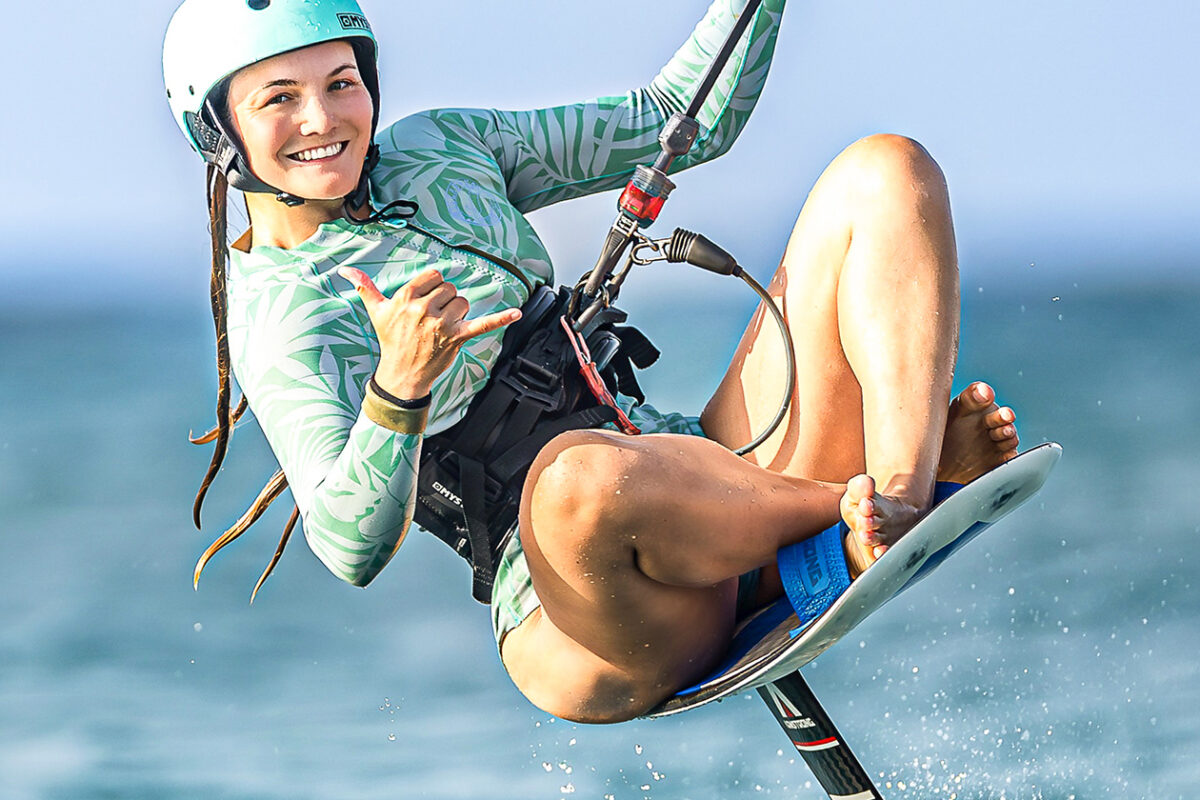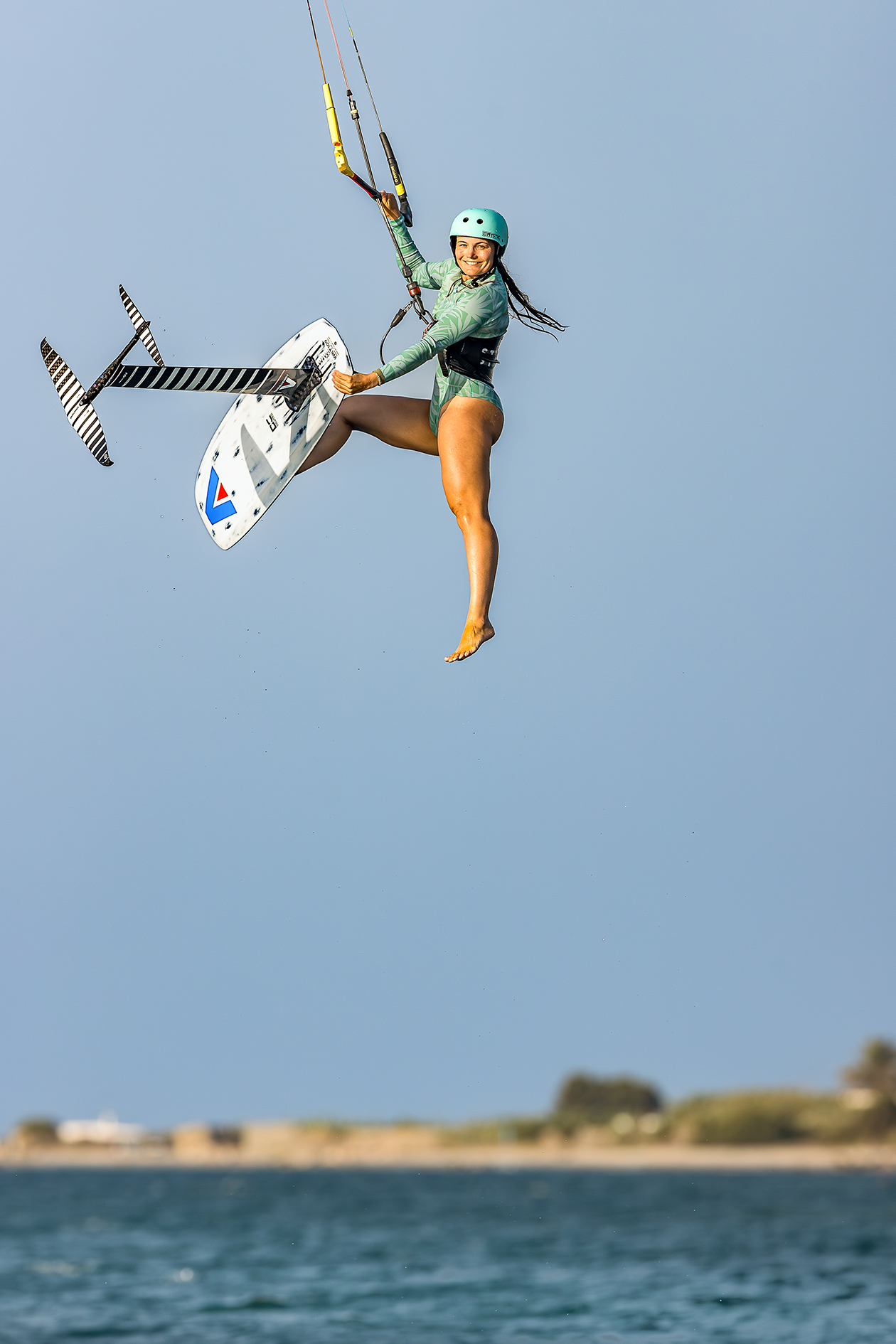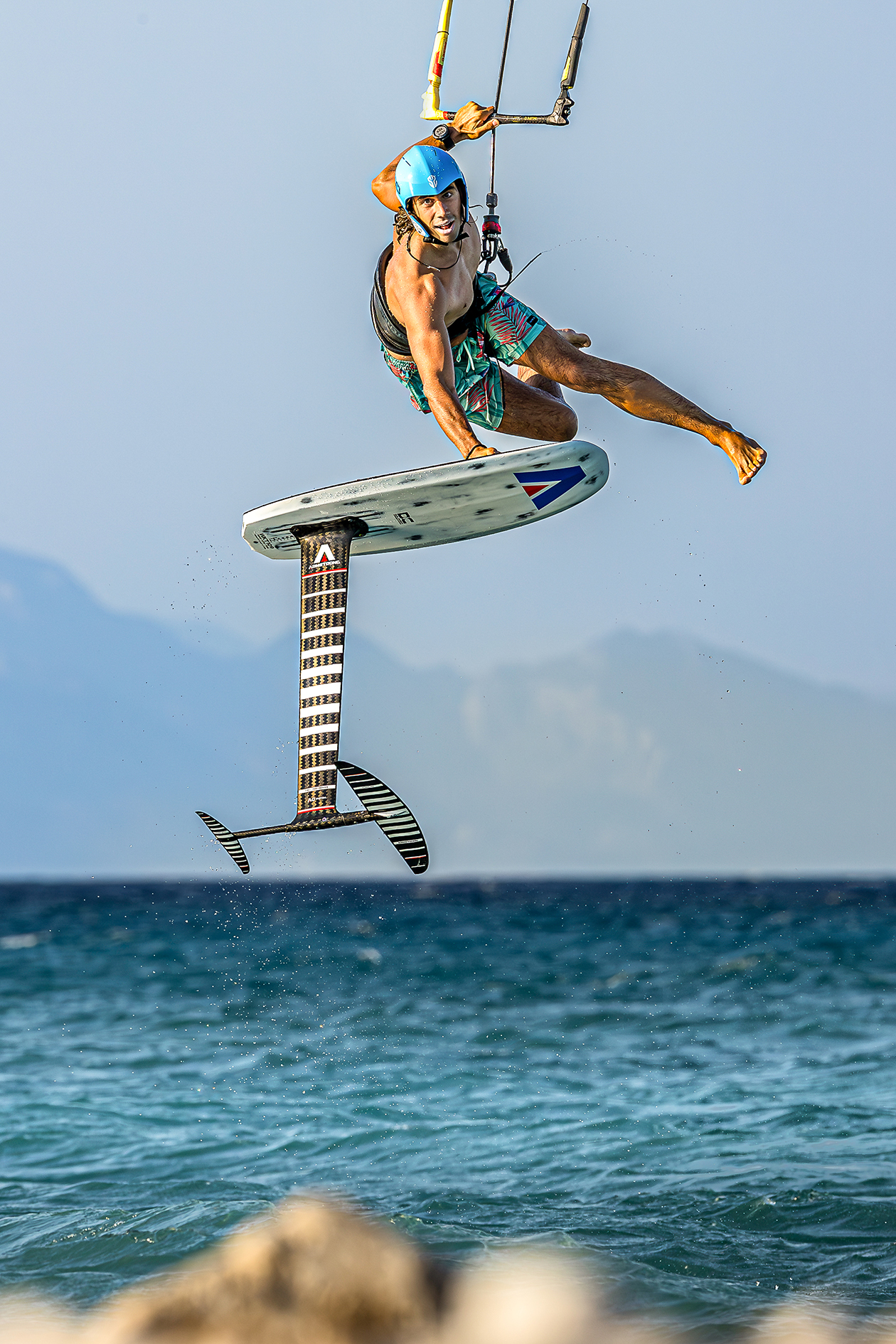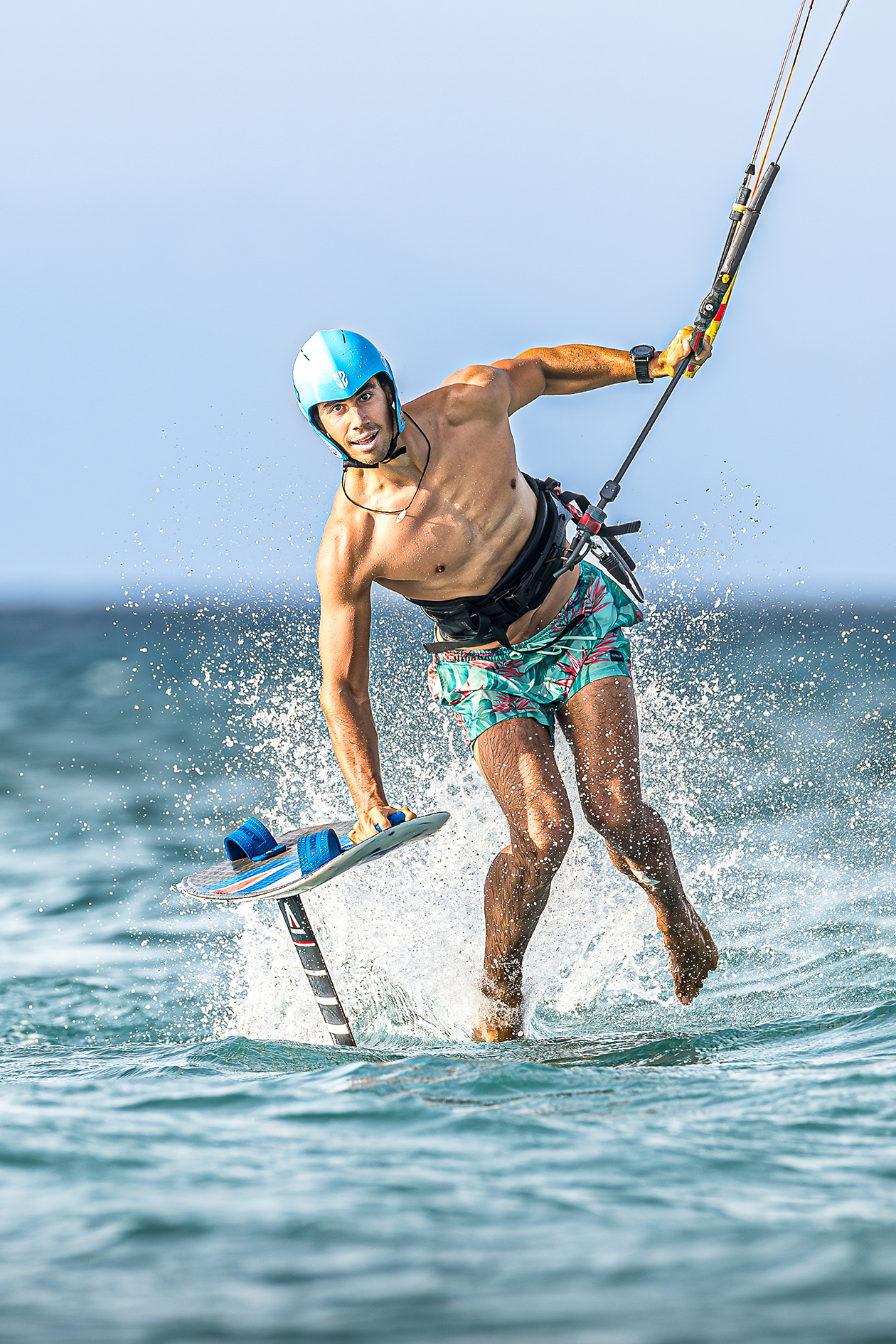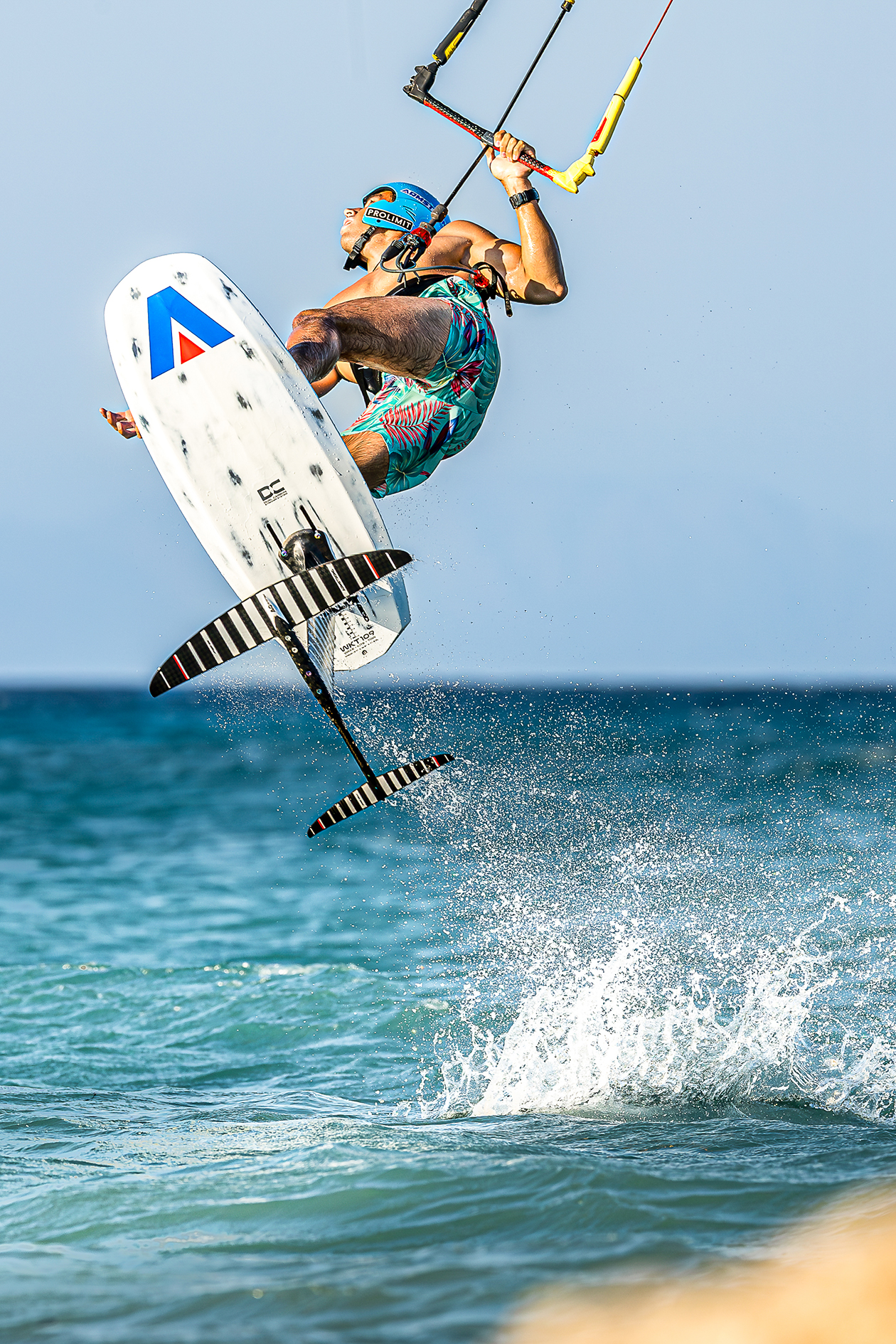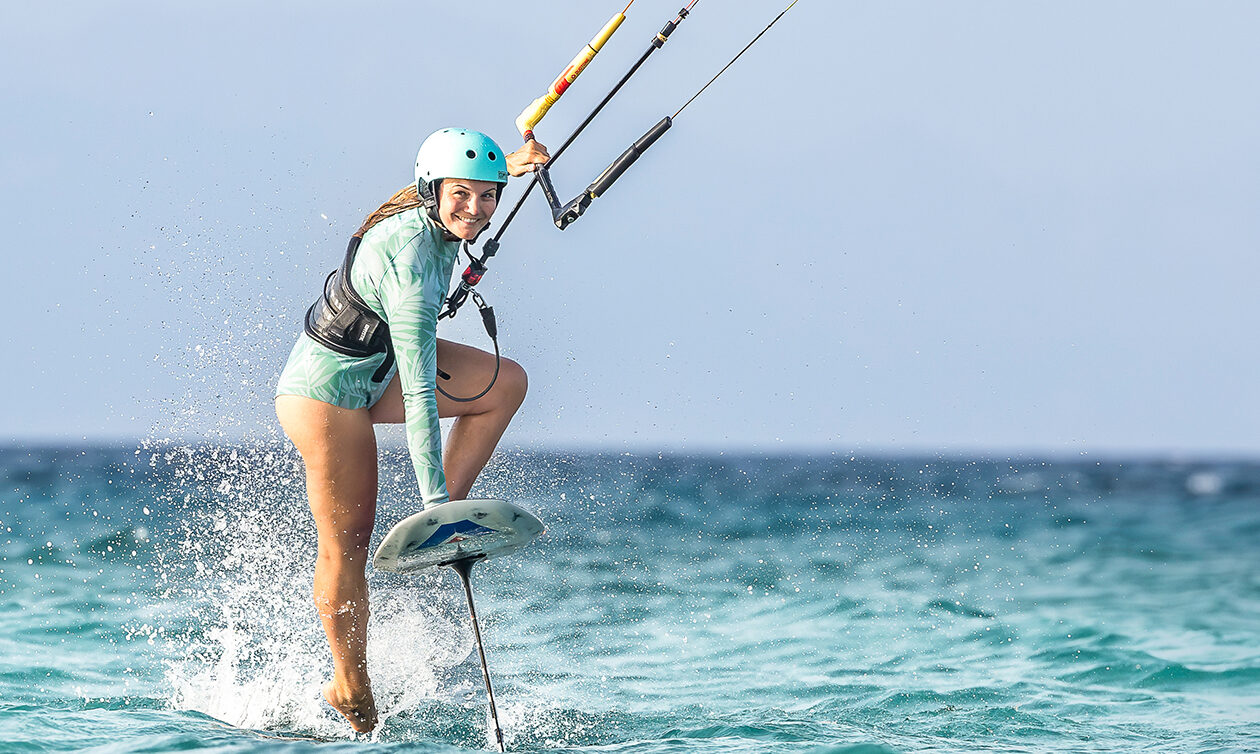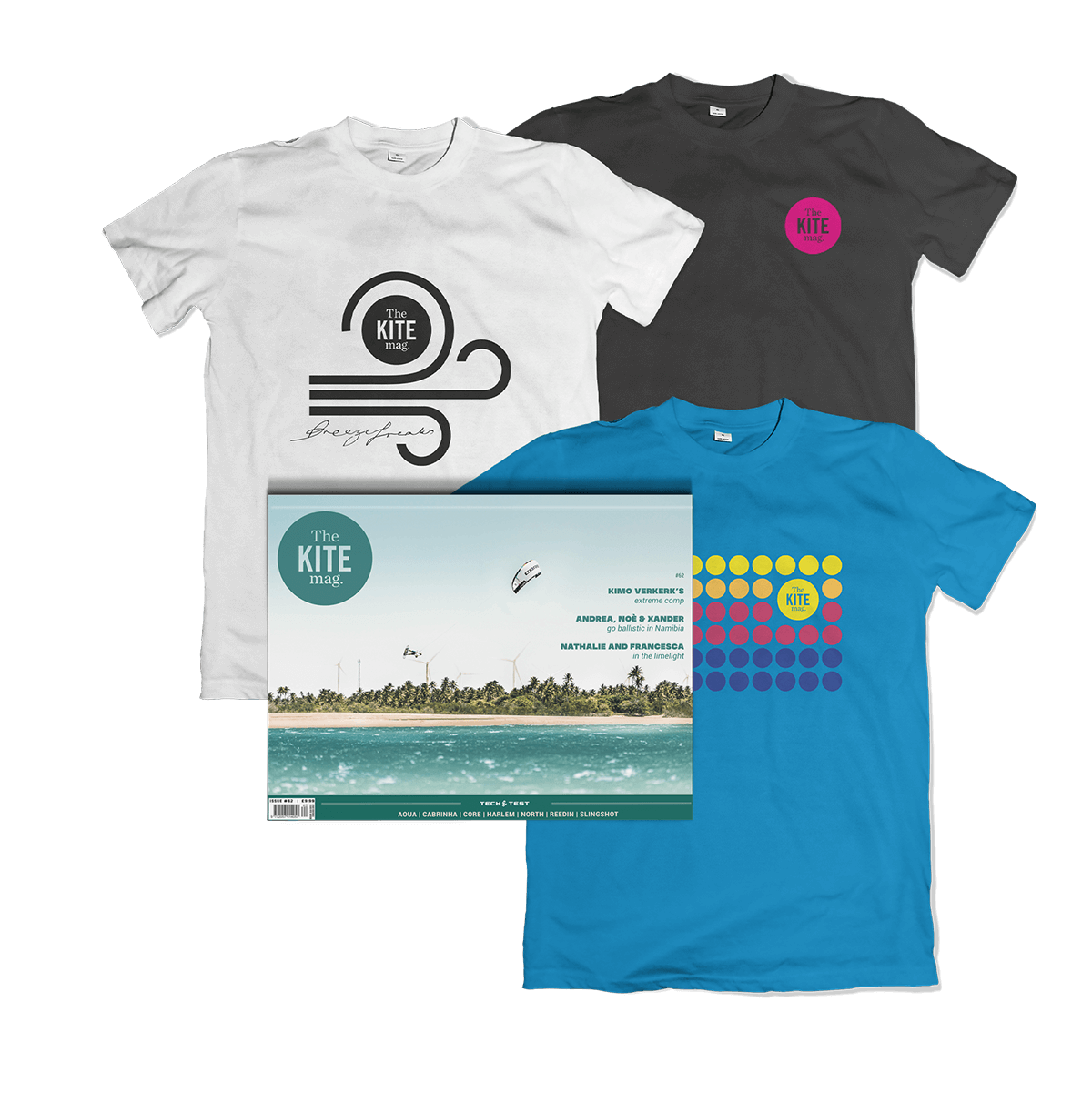It’s best if the photographer stands on the same line or downwind of the kiter, otherwise you only get photos of your back. If you want to do rotating tricks (backroll or frontroll with one-foot out or board-offs), then this doesn’t matter as much. Also, always make sure the spot you choose suits your riding style. Which tricks do you want to capture? Do you want flat water, waves or is chop fine as well?
Time of day
This depends on the location and where the photographer will be positioned. It’s usually the same problem for all kinds of water sports shoots. If you don’t have a boat or the photographer swimming in the water, they will be standing on land, taking photos from the same direction. And therefore, the most important consideration is the sun’s position. If the sun is too high it will shine light onto the kiter from above, casting shadows over their face, which you don’t want. If the sun shines from behind the kiter, you only see the silhouette. Ideally you want the light behind the photographer, shining onto the subject, to get the perfect shot, with the sun being lower in the sky. Depending on the spot, this is usually the case in the earlier morning or later afternoon. If you are not sure what the best time to do the shoot is, try doing a test day where you take some trial photos at different times during the day and check what time yields the best results. You want the face to be nicely visible with all its features but not too bright either. For sure it is possible to edit the photo later on, but it is harder to create a good picture out of a too bright or too dark one especially if the image resolution isn’t high enough because you use a simpler camera.
Tricks
Show your coolest moves to the camera; do the tricks you love doing and you are proud of! The tricks that work best are all kinds of jumps with different grabs, one-footers or board-offs. It is also fun to do tricks at water level such as taking out one foot while riding, sitting on the board, dark slides, hand slides, or just cruising in a relaxed manner with only one hand on the bar. We found that simple rotation jumps (backroll or frontroll) aren’t the best because you can’t see the actual rotation itself in a photo, however rotation jumps with variety such as taking out a foot or doing a board-off work very well. You don’t need to do crazy high jumps for good photos, rather focus on the trick itself than the height. An important point for the rider to remember is to look into or at least towards the camera and have a smile on your face despite focusing on the trick.
Remember, a photo is just a snapshot of the moment, so technically you don’t have to focus on the landing part. It’s better to concentrate on your posture and facial expression when you’re doing your trick than to worry about landing the trick. And of course, also stay concentrated and aware of your surroundings. It is easy to forget about other kiters and hazards when focusing on the camera. Do your tricks safely, don’t jump with people downwind of you and don’t harm your photographer. But do try to get as close to the camera as you can without putting anyone in danger

